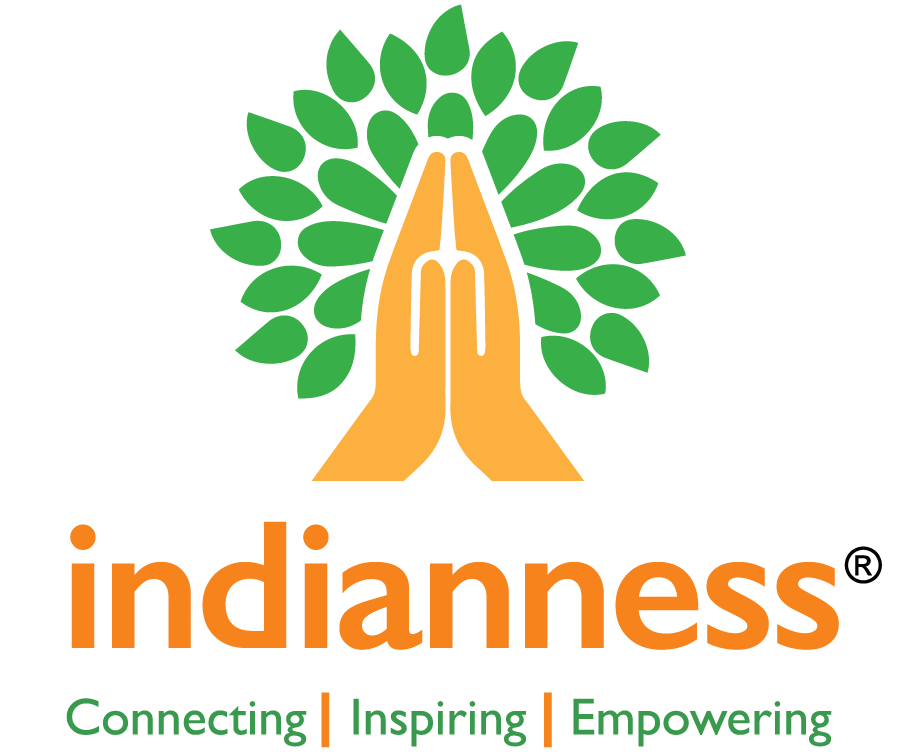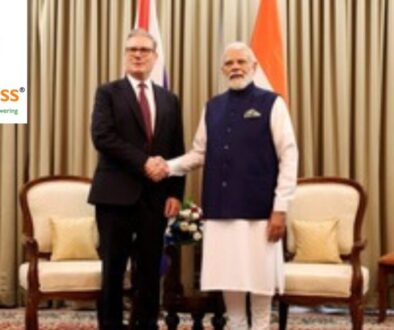In today’s rapidly shifting global landscape, India finds itself walking a diplomatic tightrope, balancing relationships with major powers while safeguarding its national interests. The country’s strategic positioning has become increasingly complex as it navigates concurrent challenges from the United States, China, Pakistan, and its evolving partnership with Russia.
The American Dilemma
India’s relationship with the United States has hit turbulent waters. The Trump administration’s decision to impose hefty tariffs on Indian exports—reportedly up to fifty percent—due to India’s continued purchase of Russian oil has transformed trade into a geopolitical weapon. Adding to this strain is the dramatic $100,000 fee hike on H-1B visas, which directly impacts thousands of highly skilled Indian professionals and signals a fundamental shift in the economic partnership between the two nations.
Yet, paradoxically, security cooperation between India and the US continues to deepen. The clearance for 31 MQ-9B drones and ongoing tech collaboration under the iCET framework demonstrates that strategic cooperation and economic disputes can coexist—a hallmark of modern great power relationships.
The China Calculation
While China remains India’s primary military competitor, recent developments at the Shanghai Cooperation Organization summit in Tianjin revealed a potential thaw. The meeting between Prime Minister Narendra Modi and President Xi Jinping, which committed to addressing border issues and resuming flights, suggests a pragmatic approach to compartmentalizing disputes. However, this doesn’t signal resolution of the Line of Actual Control crisis but rather a tactical pause in tensions.
The Pakistan Factor
The terrorist attack in Pehalgam that killed 26 civilians in April served as a stark reminder that Pakistan remains an immediate security threat. The subsequent military escalation and alleged Chinese assistance during Operation Sindoor reinforced India’s vulnerability to a potential two-front war scenario.
Russia: The Indispensable Partner
At the heart of India’s geopolitical calculus lies Russia. Having become India’s top crude oil supplier with approximately 1.3 million barrels per day, Russia provides over a third of India’s total oil imports. Beyond energy, Russia continues to supply about 36% of India’s major arms imports, though this percentage has declined from previous decades as India diversifies its defense partnerships.
The Path Forward
India’s strategy can be understood through two key concepts: hedging and strategic autonomy. Rather than choosing sides in the new Cold War, India is pursuing selective alignment with multiple powers based on specific interests. This means expanding defense cooperation with the US while maintaining energy ties with Russia, engaging China diplomatically while building military deterrence, and managing Pakistan through intelligence and precision capabilities.
The path ahead requires India to maintain robust defense spending, separate technology cooperation from trade negotiations, preserve the Russia partnership while diversifying suppliers, and keep Pakistan challenges in perspective without allowing them to dominate the strategic agenda.
In this multipolar world, India’s gamble is clear: leverage relationships with all major powers to secure its growth, autonomy, and security. The success of this approach will define India’s place in the emerging global order.






